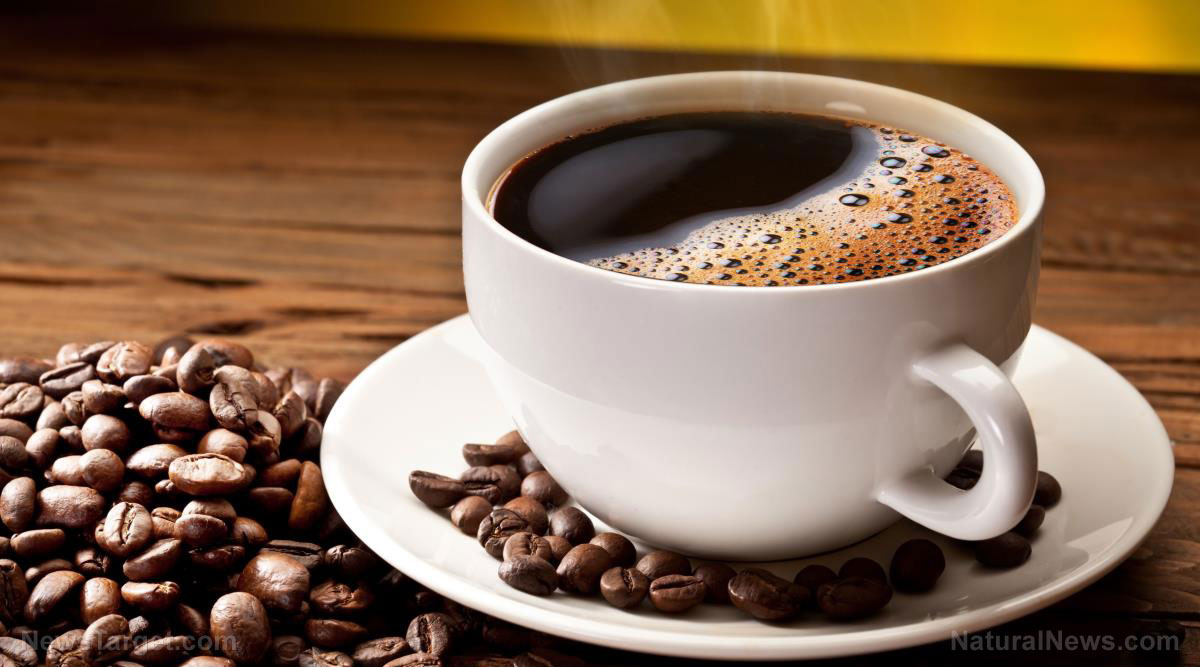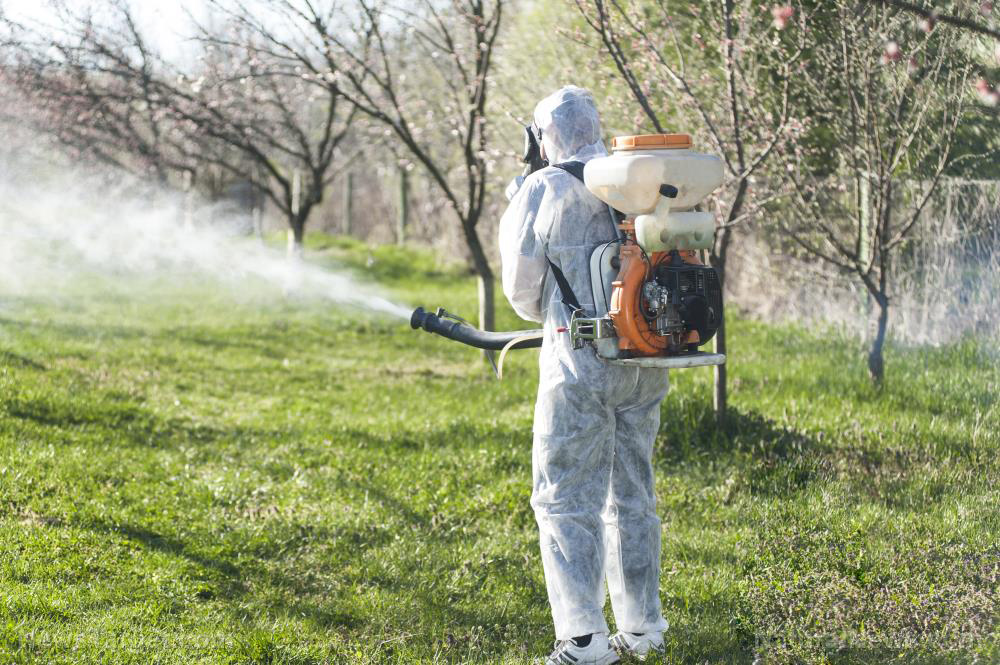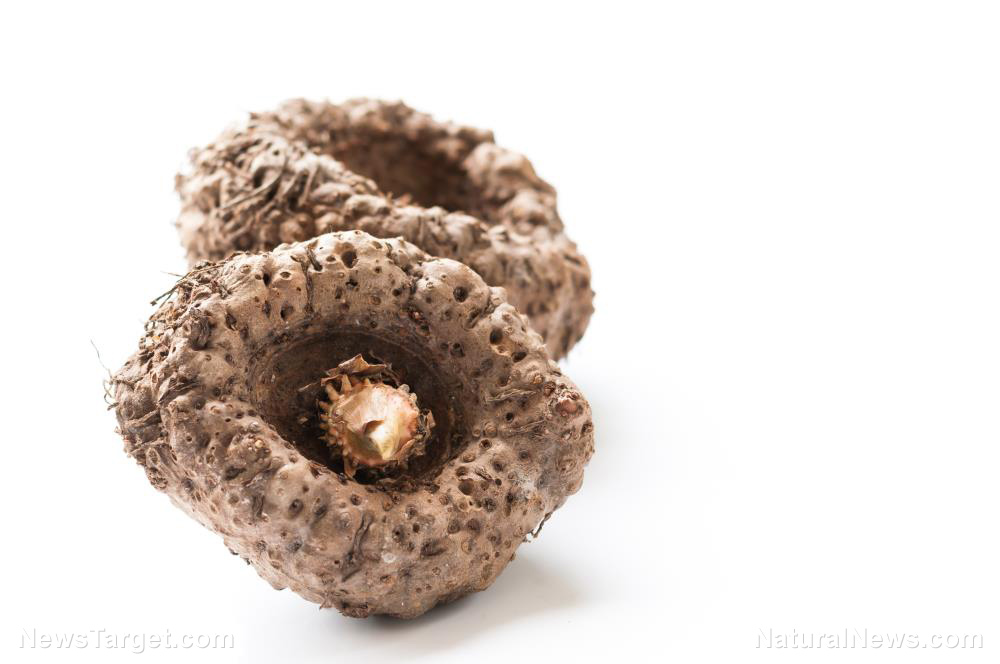
Obesity is often traced to problems in adaptive thermogenesis, the changes that result from different food or exposure to cold temperatures. Fortunately, thermogenesis can be adjusted by consuming certain foods and supplements. Some foods, in particular, function as stimulant thermogenic agents since they invigorate the central nervous system, while others are called non-stimulant thermogenic agents, given their stimulating effects on the cardiovascular system.
Both types of thermogenic agents achieve more or less the same effect. But the stimulant ones have a number of side effects due to the way they affect the central nervous system. Researchers from Creighton University canvassed a number of plant-based stimulant and non-stimulant thermogenic agents to bring attention to specific botanicals that have the best potentials. (Related: What is the Best Thermogenic Supplement?)
Stimulant vs. non-stimulant thermogenic foods
Stimulant thermogenic foods increase the levels of catecholanmines, chemicals that play important roles in alertness and metabolism. However, they also affect the cardiovascular system, which could cause problems with the heart.
- Ephedrine is a stimulant and thermogenic that is derived from ma-huang (Ephedra sinica). It works by increasing the amount of norepinephrine and epinephrine released by the central nervous system. Human studies have shown that ephedrine can improve metabolism and increase weight loss. However, it also causes cardiovascular side effects such as high blood pressure, insomnia, and tachycardia.
- Caffeine is arguably the most popular and well-known stimulant in the world. It increases energy metabolism, reduces the contraction of smooth muscles, promotes vasodilation, and releases neurotransmitters that stimulate the central nervous system. The maximum safe daily dose of caffeine is 400 milligrams. Most individual servings have 100 to 150 milligrams. Its side effects are generally milder than ephedrine.
- Green tea is another familiar stimulant. In addition to containing caffeine, it also has a large number of catechins, the most numerous and important of which is epigallocatechin. Catechins also affect energy expenditure. The catechins in green tea work alongside their caffeine counterpart to raise the metabolism of the drinker.
Non-stimulant thermogenic foods leverage other chemicals that do not affect alertness or the cardiovascular system. They are considered to be safer for regular use.
- p?Synephrine comes from the dried unripe citrus fruits like bitter oranges and mandarin oranges. Although similar to ephedrine and caffeine, it does not work in the same way and leaves the cardiovascular system alone.
- Capsaicin is made from hot red peppers, while the related capsiate is derived from "sweet" peppers. While both substances contain capsaicinoids that increase thermogenic activity, capsiate is much less pungent and therefore considered to be more promising.
- Forskolin is processed from the roots of the Indian coleus (Coleus forskohlii). In addition to the usual boost to metabolic activity, it also increases lean body mass.
- Chlorogenic acid is the main hydroxycinnamic acid in unripe coffee beans. It also decreases the amount of lipid in the bloodstream and improves glucose tolerance, which is very good news for diabetics.
Carotenoids, isoflavones, and flavonoids are organic compounds found in various fruits and vegetables. These phytochemicals are team players; when present in the same food or taken together, they support each other. In a similar vein, both stimulant and non-stimulant thermogenic agents can play off each other to increase their effectiveness. A 2011 study by Creighton, for example, shows that p-Synephrine benefits from the flavonoids naringin and hesperidin.
Naturopathy.news can tell you more about natural thermogenic supplements to help you stay in shape.
Sources include:
Please contact us for more information.























